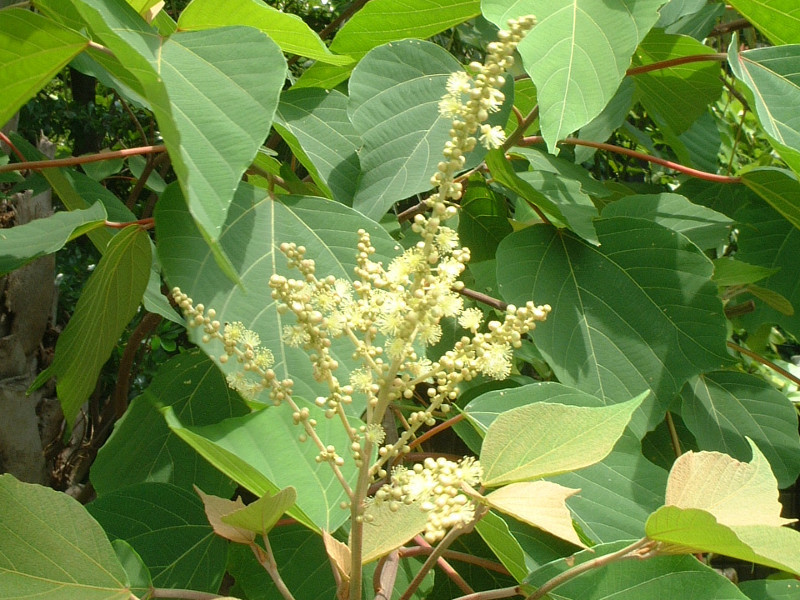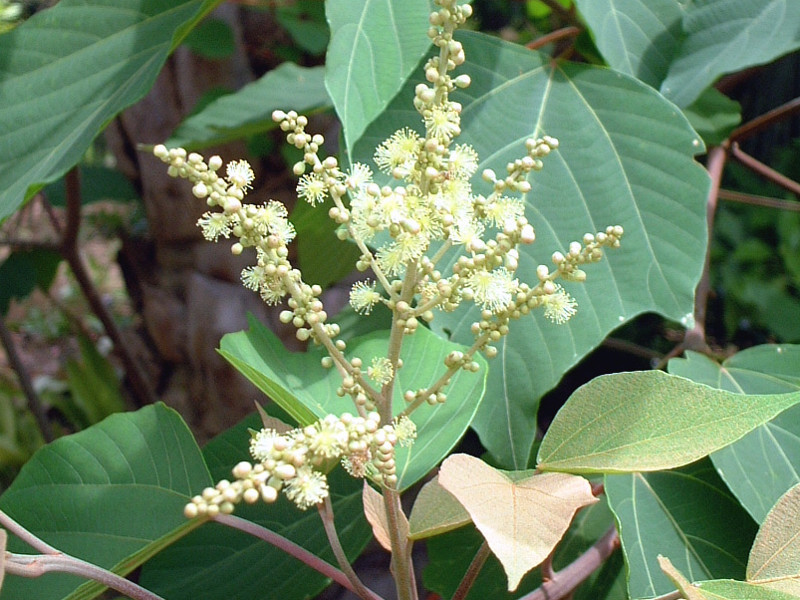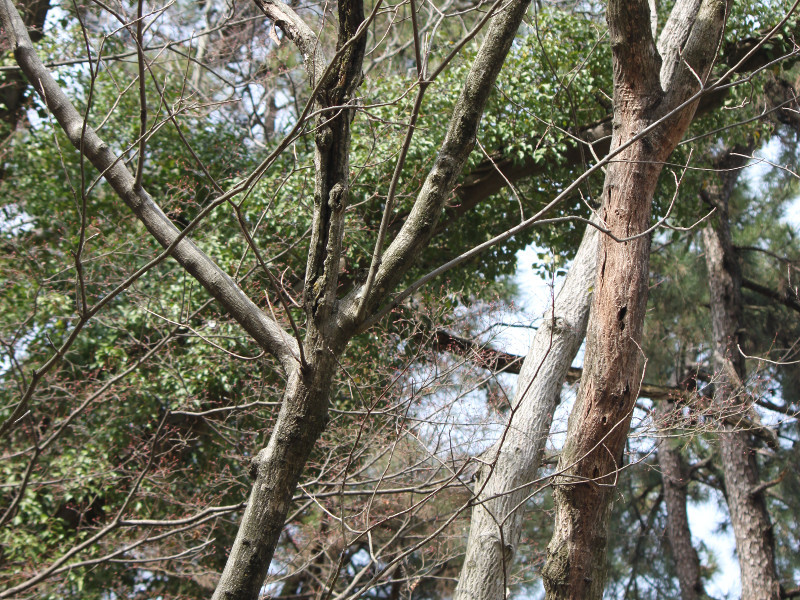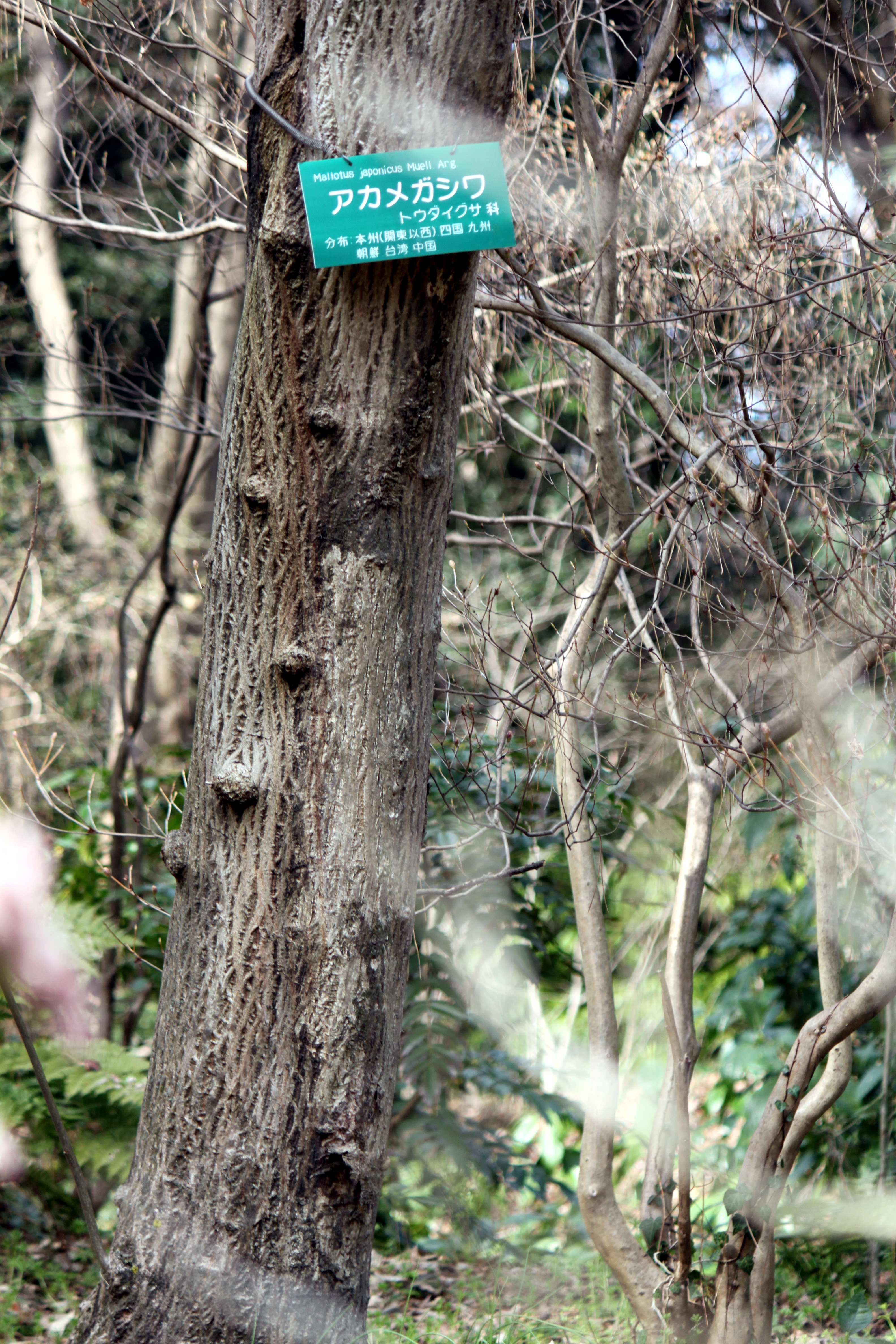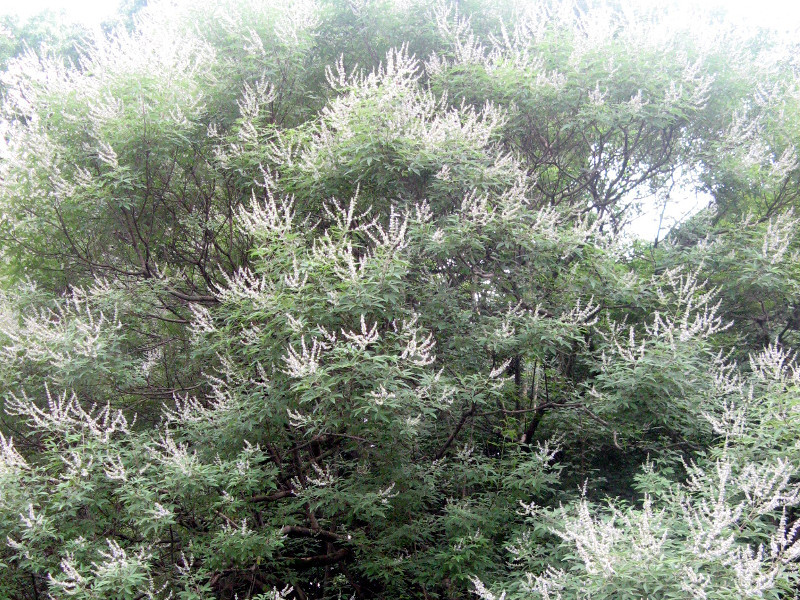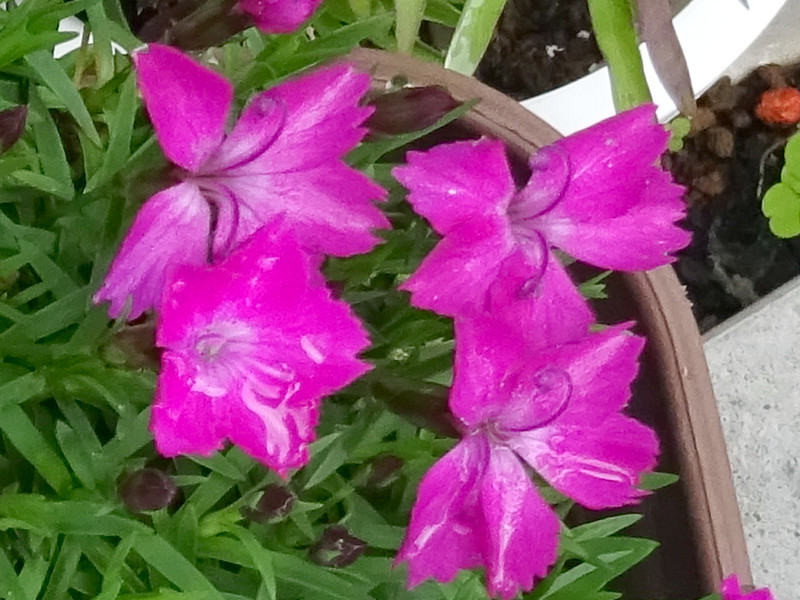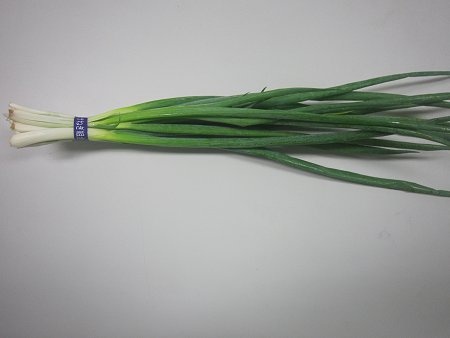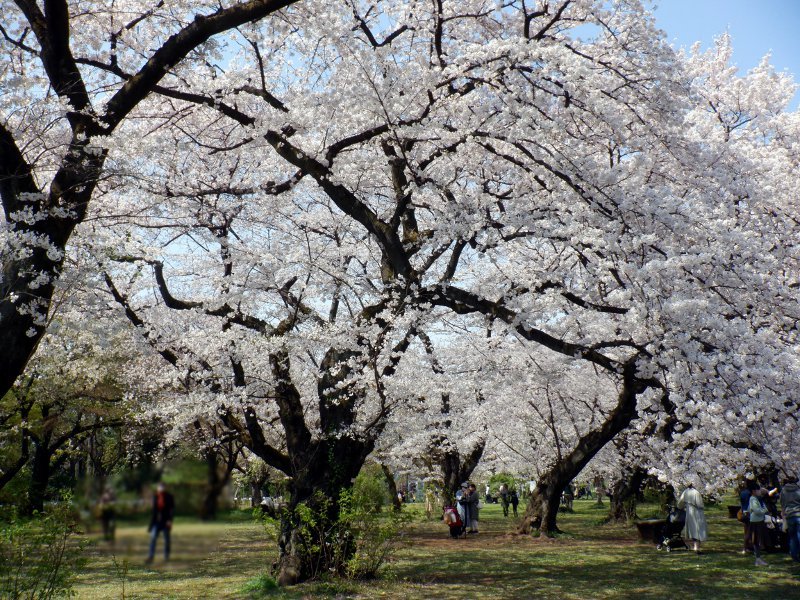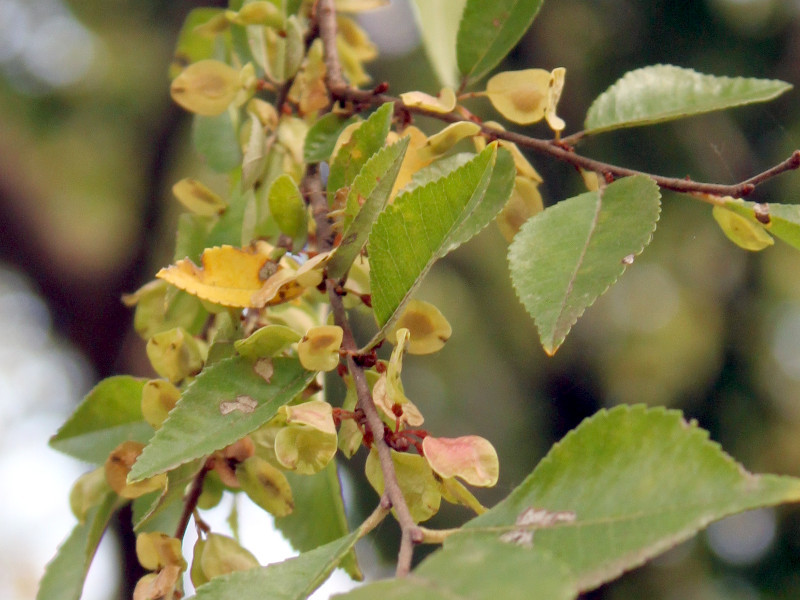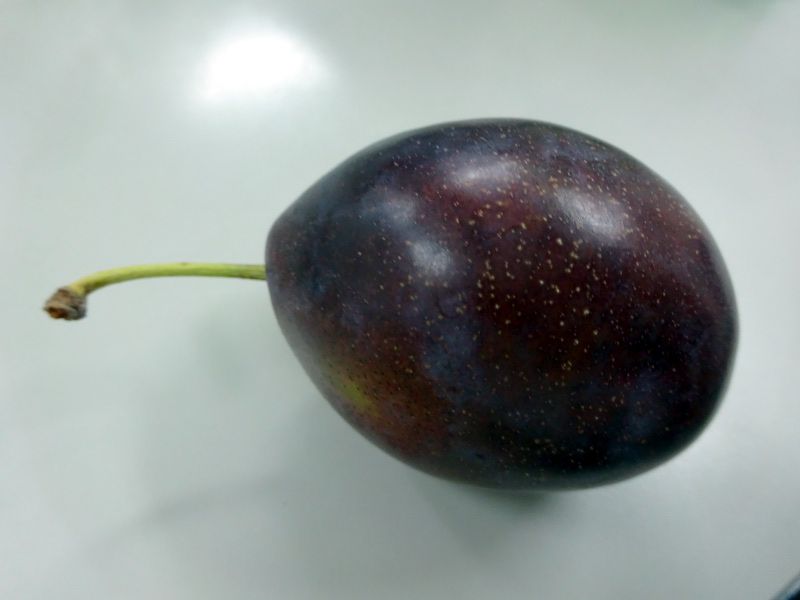Mallotus japonicus
- Flower nameMallotus japonicus
- Scientific nameMallotus japonicus
- AliasJapanese Mallotus, メシモリナ, 赤芽槲, ひさぎ, 飯盛葉, ヒサギ, サイモリバ
- Place of originJapan to China
- Place of floweringGarden, Park, Streets, Planting
- Flowering seasonJune, July
What is Mallotus japonicus
Mallotus japonicus ,Japanese Mallotus or hisagi ( scientific name: Mallotus japonicus) is a deciduous tree of the family Euphorbiaceae , native to Japan and China. It grows naturally in the mountains of Japan and China from the Tohoku region southward to Kyushu.
The height of the tree is 10 to 15 meters. The red shoots, which look like red leaves in spring, are conspicuous and are part of the Japanese name. This is due to the red scales (hairs) on the green leaves, which fall off over time and turn green, then turn yellow with more time. The leaves have long, red petioles. The leaves are ovate or palmate with a pointed tip. Both sides of the leaf have stellate hairs. There are nectar glands at the base that attract ants and other insects. It is dioecious. During the rainy season, the female plants produce conical inflorescences from the leaf axils that look like small flowers with cream-colored sepals with two or three lobes at the tip, and subdued red and yellow pistils with three lobes at the tip. There are no petals. Sepals and inflorescence length are 10-20 cm each. The male plants have a 3- or 4-lobed calyx and numerous stamens with yellow anthers. The fruit produced after flowering is a spherical capsule with a stigma. There are three black seeds. Because of its large leaves, it was used to wrap rice and other things in the old days. In the Manyo period (710-794), it was called "hisaki.
Common name: Mallotus japonicus , scientific name: Mallotus japonicus, also known as Japanese mallotus, Origin: Japan and China, from northeast to Kyushu, habitat: mountainous areas, life form: deciduous tree, height: 10-15 m, diameter: 40-50 cm, trunk color: grayish brown with shallow vertical lobes, petiole: long and red, leaf color: red to green to yellow, leaf shape: palmate or ovate, leaf length: 5-20 cm, leaf width: 5-15 cm, leaf sides: stellate hairy, inflorescence: alternate, leaf margin: wavy/total, leaf base: 1 pair of nectary glands; dioecious; inflorescence shape: conical; inflorescence length: 10-20 cm; flowering season: June-July; petals: absent (both male and female); female flowers: 2-3 lobed sepals and 3 lobed pistils; female flower color (actually, sepal color): pale yellow; male flowers: 3-4 lobed sepals and numerous stamens; anther color: yellow; fruit type: capsule; fruit shape: globular; fruit color: black; fruit diameter: 0.8 cm; fruiting season: October; seed number: 3; propagation method: shoot and seed; uses: building material, implement material, herbal medicine Remarks: pioneer plant.
